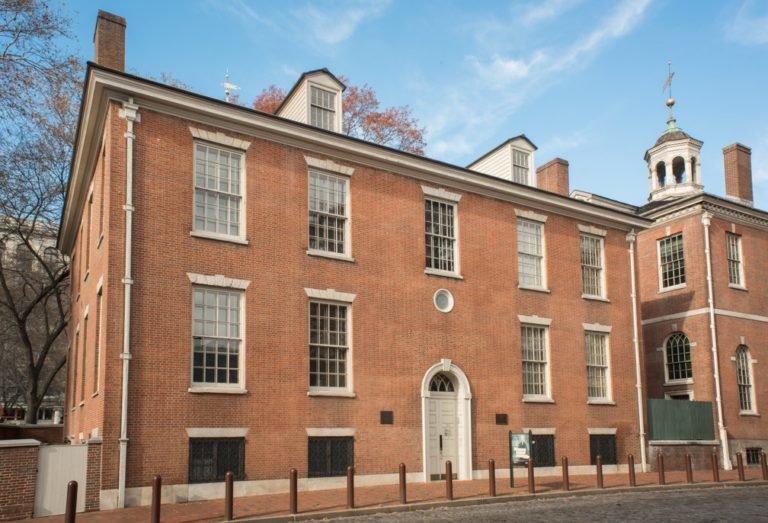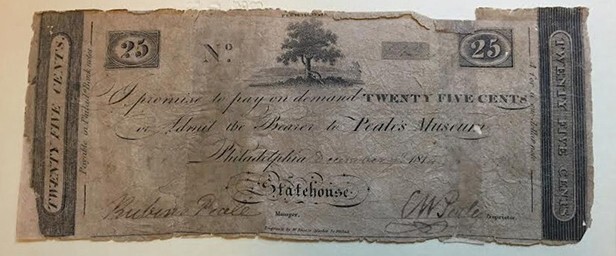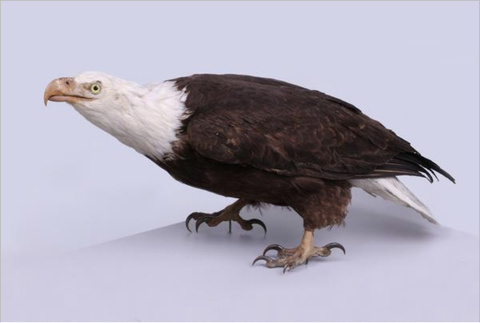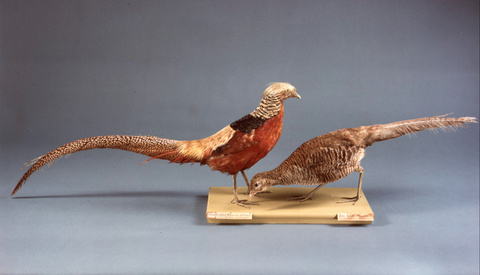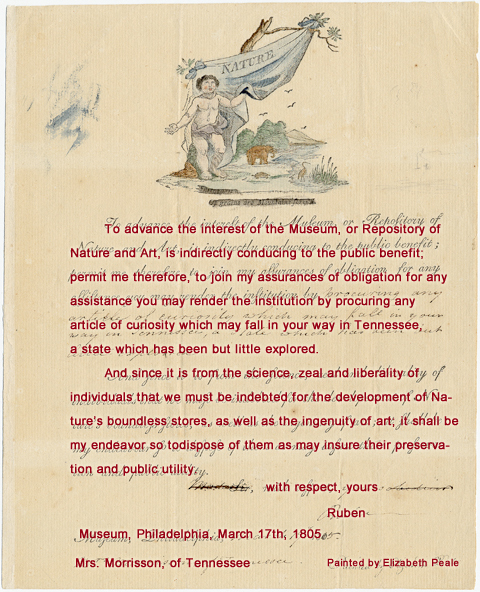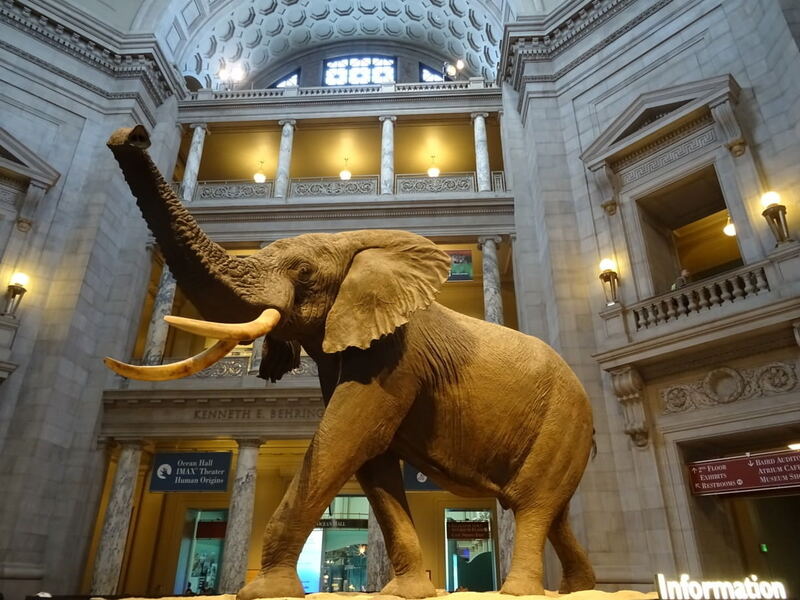Peale's Contribution to Today's Museums
“Peale’s Museum was a novel idea that stuck, as a repository of significant artworks, natural objects, and cultural artifacts aimed at amusing and educating the broad public, the Philadelphia Museum set the precedent for modern museums. Peale’s innovations such as tiered ticketing, yearly membership, advisory boards, and targeted programming are all recognizable in today’s museums. The legacy of Peale’s democratic museum lives on, embedded in the museums we visit today.” (Arlotta)
By 1820, Peale’s Museum contained over 100,000 objects, which included 269 paintings, 1824 birds, 250 quadrupeds, 650 fishes, more than 1,000 shells and 313 books. (Portraits in Revolution) Despite this enormous collection of artifacts, Peale was never able to gain governmental support for his museum. While Peale could not establish the museum as a patriotic, national institution, he was still successful in creating an intellectual community of supporters. In addition to welcoming donations, Peale’s Museum offered tickets for annual admission, as well as tickets for daily visitors. “By their subscriptions, citizens of the upper classes exhibited their ability to support the museum as a scientific endeavor; through donations of artifacts, they also illustrated hierarchical notions of the arrangement of the natural world. The ‘middling sort’ participated in this intellectual community and implicitly claimed equality with the more prosperous by purchasing annual tickets to the museum and appearing in lists of subscribers” (Bourque, 814).
With Peale operating a public natural history museum, he deviated from the museum formula commonly seen in Europe, where primarily private art collections were available to a specific class of visitors. Because Peale envisioned his museum to be a nationally funded institution, availability to the general public (or those who could purchase a ticket) was necessary. And this also was integral to Peale’s intention of educating the average citizen with the natural ways of the world. The combination of education and entertainment is a hallmark of many of our museums of today.
More specifically, Peale introduced with his museum, the labeling of specimens, creation of habitat groups, the concept of changing out exhibits, as well including public outreach and other forms of outreach such as a library. He also, while perhaps out of necessity, incorporated a board of visitors and trustees. The sale of the silhouettes to visitors was the precursor to our modern day museum gift shop and the idea of paid admissions is a regular component of our modern day museum.
Visitors to natural history museums in the United States might not think of Charles Willson Peale during their visit, but they should; he provided a framework and inspiration for museums as we know them. While his museum did not see lasting success, his legacy certainly did.
